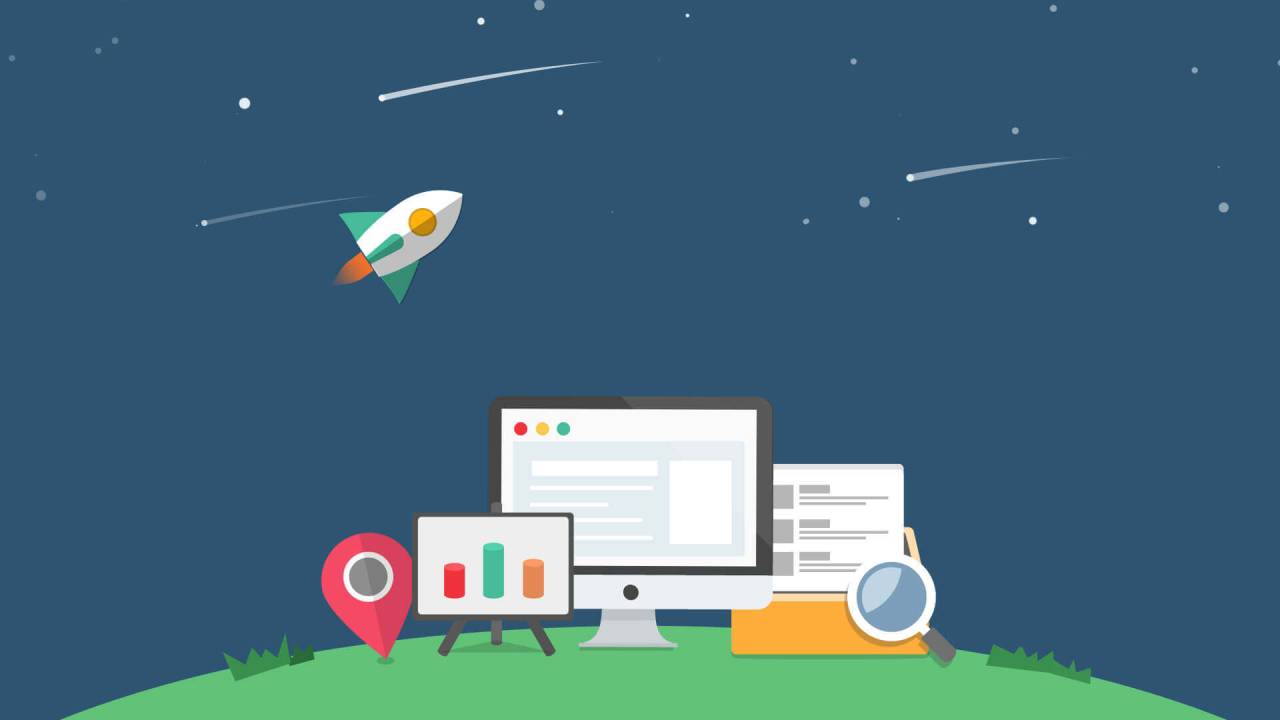There are several steps to choosing the right software development methodology. Notably, a software development methodology refers to the developers’ framework to structure and plan the application build process. Typically, these approaches address issues, such as selecting features, developing versions, delegating tasks, and testing.
In practice, each methodology comes with its own set of strengths and weaknesses. As a new software development manager, you need to know the proper steps to choose your development approach. This way, you can deploy your high-quality apps efficiently. Read on to learn about how to choose the right software development methodology.
Table of Contents
1. Assess Your Flexibility Requirements

First, it is essential to assess your projects’ flexibility requirements. Indeed, many developers often anticipate frequent adaptations and changes to their products. Typically, this is because they want client feedback throughout the process.
On the other hand, some software engineering professionals would like the option for adaptability available to them. In these cases, the agile and iterative methods may be more ideal for your projects.
Additionally, many developers use these strategies for web and mobile app development where frequent changes are introduced along the way. Notably, the waterfall method is ideal for new developers looking for stability and predictability in their process.
This linear methodology often discourages revision after the final phase. With these differences, it is essential to assess your flexibility requirements before selecting the best approach for your company.
2. Consider Development Tools
It would also help if you considered which development tools are available to help you deliver your projects. Notably, some development companies have released tools to accommodate specific development approaches. For example, JFrog Pipelines allows software development teams to launch updates faster.
Using this tool to set up a ci/cd pipeline, you can automate DevOps processes, from code to production. Additionally, this automation tool scales horizontally, providing a centrally managed solution to support thousands of users.
Plus, it integrates with most other DevOps tools and uses fine-grained permissions for secure accessibility. Whichever development strategy you choose, consider which tools are available to help you meet your goals.
3. Define End-Users
Next, you should define your software’s end-users. Many development enterprises have a diverse target audience and provide development services to a large variety of clients. Notably, these companies are more likely to receive larger requests for new features after the product launch.
In this case, the agile method is more suitable, as it streamlines adaptability. Since it is structured on iterations, you typically have more opportunities to edit your software features.
If you have a controlled group of clients and users, you are more likely to follow a rigid set of requirements. In this scenario, you may benefit from the waterfall method.
Undoubtedly, your clients have a significant impact on which development approach is right for you. Therefore, define your end-users before you choose your methodology and begin your digital transformation.
4. Evaluate Past Experiences
Moreover, you need to evaluate your team’s past experiences before you can select the right methodology for your company. Ideally, you should hold a meeting or send a form to your teammates to get their thoughts on different approaches.
Notably, some team members may not feel comfortable working with specific systems without any prior experience. Therefore, you should be mindful of your team’s skills and consider your budget for training.
Sometimes, a new framework requires an initial investment. Of course, it can increase your efficiency and multiply your revenue in the long run.
5. Think About Your Deadlines
Moreover, it would be better if you also thought about your deadlines. Individual software development methodologies are better suited for projects with a high delay cost. For example, the Scrum approach splits up the project into various time boxes, called sprints.
Typically, your team can work with whatever requirements you have and build based on the client’s feedback. Once a sprint is completed, the client checks the project and provides feedback. With frequent feedback, Scrum is an excellent approach to accommodating various changes.
Of course, you can also forecast delivery dates with higher accuracy, based on previous project data. This way, you can inform the client of possible delays beforehand, and hopefully, reduce your costs. With the classic software engineering waterfall model, clients are typically notified of delays toward the project’s end, incurring higher costs.
There are several steps to choosing the right software development methodology:
- Assess your flexibility requirements to see if your projects require frequent updates and changes.
- Define your end-users to see what kind of methodology would suit them best. Also, consider which development tools are available to boost your deployment efficiency.
- Evaluate past experiences to identify what is best for your team.
- Think about your deadlines to reduce costly delays.
- Follow these steps to learn how to choose the right software development methodology.
Tech India Today
Related posts
Recent Posts
- How Important is Competitor Analysis? November 13, 2023
- Securing the Internet of Things: A Growing Concern October 2, 2023
- When DevSecOps Shines: Reinventing Software Development May 17, 2023
- Implementing Infrastructure As Code (IaC) With DevOps April 21, 2023
- What Can You Gain By Choosing a Reputable HVAC Software Solution? March 19, 2023
Categories
- Artificial Intelligence (AI) (18)
- Augmented Reality (AR) (5)
- Automotive (7)
- Blockchain (2)
- Business (45)
- Career (4)
- Cloud Computing (6)
- Computers (4)
- Content Management System (1)
- Cryptocurrency (1)
- Cybersecurity (7)
- Data Science (1)
- Digital Marketing (32)
- E-commerce (1)
- Education (6)
- Electronics & Hardware (10)
- Entertainment (5)
- Finance (9)
- Gadgets (23)
- Games (3)
- HTTP (3)
- Industry (2)
- Infographics (3)
- Internet (138)
- Internet of Things (IoT) (22)
- Job (3)
- Lifestyle (2)
- Machine Learning (7)
- Marketing (45)
- Marketplace (2)
- Mobile Apps (20)
- Natural Language Processing (2)
- Network (15)
- News & Trends (15)
- Operating System (OS) (6)
- Programming (10)
- Robotic Process Automation (RPA) (13)
- Security (19)
- SEO (24)
- Social Media (29)
- Software (35)
- Tech India Today (1)
- Technology (166)
- Virtual Reality (VR) (2)
- Web Apps (12)
- WordPress (1)
- Workflow (2)
- Workforce (2)
- Workplace (1)
- Workspace (1)

